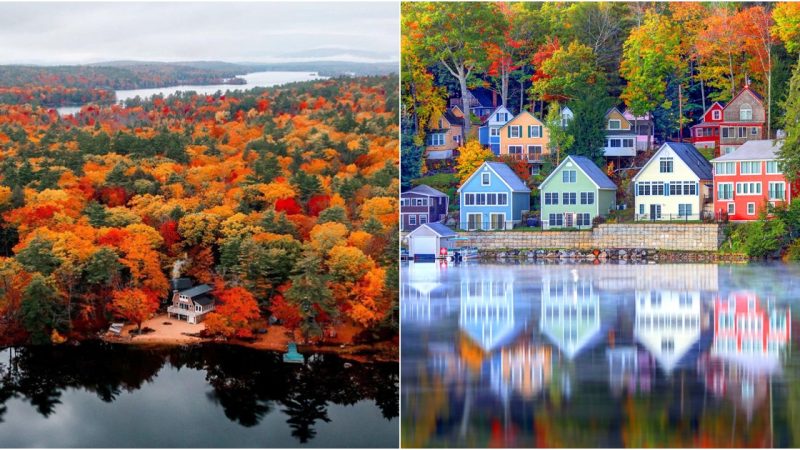Unveiling the Volcanic Secrets: Dive into the Awe-Inspiring Majesty and Unbridled Might of Earth’s Fiery Giants
Volcanoes, often regarded as both mesmerizing and fearsome, stand as prime examples of geological wonders that have captivated and terrified humans throughout history. These fiery behemoths, born from the depths of our planet, wield the power to shape landscapes, carve new territories, and unleash immense energy. In this article, we delve into the captivating realm of volcanoes, exploring their origins, diverse forms of volcanic activity, and their profound influence on Earth’s geology and ecosystems.
At their core, volcanoes emerge from Earth’s molten heart, drawing their form from the molten mixture known as magma. This molten concoction of rock, gases, and solids rises through Earth’s layers due to tectonic forces and intense heat beneath the surface. When this magma bursts forth through a vent or crevice, a volcanic mountain takes shape. These mountains come in various types, ranging from gently sloping shield volcanoes to steep and imposing stratovolcanoes.
Volcanic diversity abounds, with each type boasting distinctive traits and eruption styles. The fluid lava of shield volcanoes, typified by Hawaii’s Mauna Loa, flows gracefully to form wide, gradual slopes. Mount Fuji in Japan, a classic stratovolcano, ascends dramatically with its layers of lava, ash, and volcanic debris. Calderas, colossal depressions left behind after catastrophic eruptions, tell stories of collapsed volcanoes, with the Yellowstone Caldera in the United States as a prominent example.
The explosive and unpredictable nature of volcanoes is well-known. Eruptions occur when internal pressure reaches a tipping point, triggering the release of gases, ash, and lava. These eruptions vary from sluggish lava flows to mighty explosions, often accompanied by ash clouds, pyroclastic flows, and even volcanic lightning. Volcanic eruptions wield the power to reshape local and global surroundings, influencing weather patterns and, in extreme cases, even the climate.
Despite their capacity for destruction, volcanoes also hold a pivotal role in ecosystem development and biodiversity preservation. Enriched with minerals and nutrients, volcanic soils become nurturing grounds for plant growth. Pioneer plant species gradually transform desolate volcanic landscapes into thriving ecosystems over geological time spans. Exceptional locales like the Galapagos Islands harbor unique flora and fauna that evolved in isolation over millions of years, showcasing life’s resilience and adaptability in harsh environments.
In essence, volcanoes stand as magnificent manifestations of Earth’s inner workings, capable of both destructive upheaval and the nurturing of life. Their fiery displays remind us of the intricate dance between geological forces and the delicate balance of ecosystems that shapes our planet’s past, present, and future.
Hits: 8












